Angelfish are omnivorous fish and will eat a variety of foods including both plant and animal matter. In the wild, the diet of captive angels is similar to that found in their natural habitat. But, what do you feed an angelfish in a home aquarium? This comprehensive guide will answer that question and provide you with all the information you need to successfully feed your angelfish.
What Can You Feed Your Angelfish in the Aquarium?
Having delved into some general information about feeding practices for angelfish, it’s time to get into the nitty-gritty of what you can actually feed your pet. Here is our list of 13 essential types of food you should consider feeding your angelfish:
1. Flakes
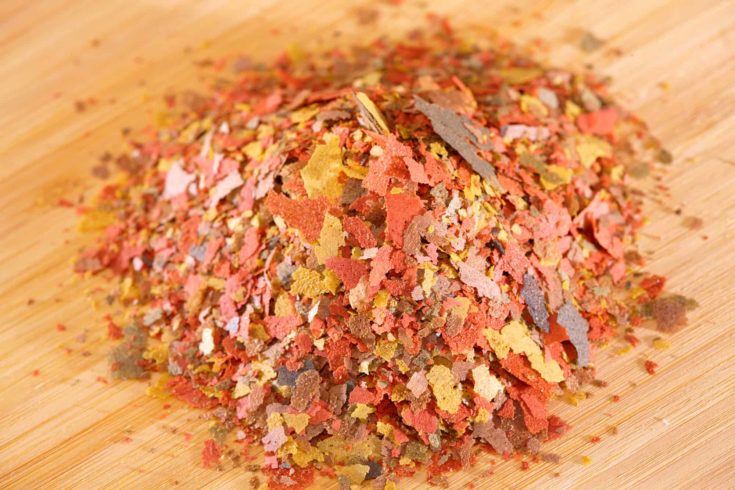
When people bring up angelfish food, flake foods are probably the first thing that springs to mind. Flakes are a type of food that is designed to sink and dissolve in water, making them an ideal food choice for angelfish. They are an excellent source of nutrition for angelfish because it tends to be very rich in fatty acids, which help promote growth, coloration, and overall health.
While there are many different brands of flake foods you can buy from your local fish store, one of our favorite high-quality flake food brands is Hikari Bio-Pure Angelfish Flake Food. This quality product is specifically designed for angelfish and contains all the essential vitamins and minerals they need to thrive in their aquarium environment.
2. Pellets
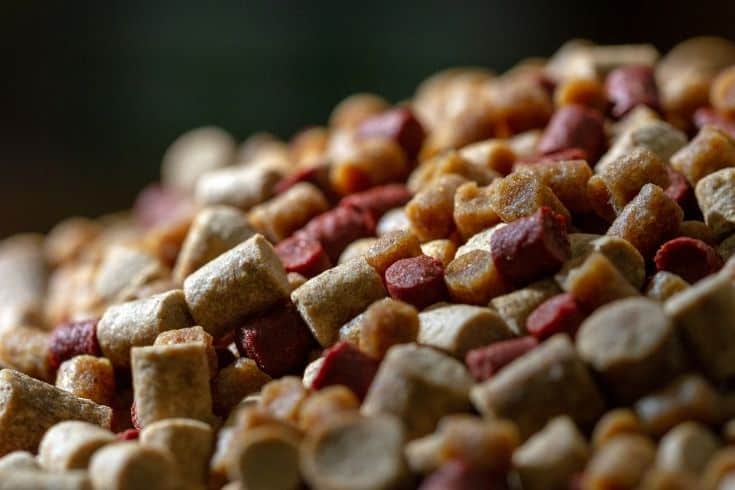
Pellets are yet another type of food for freshwater angelfish, though this food shape are more commonly associated with goldfish food. Like flake foods, pellets are designed to sink and dissolve in water, making them an easy food choice for fish that prefer to eat from the bottom of the tank.
Angelfish will typically only consume small pellets, so it is important not to overfeed them when using this type of food. Still, pellets make an excellent primary food source because they tend to be very nutritionally dense, making them a good choice for supplementing your fish’s diet. They are also an affordable food option if you’re trying to lower your expenses.
3. Live Food ( eg. Mealworm)
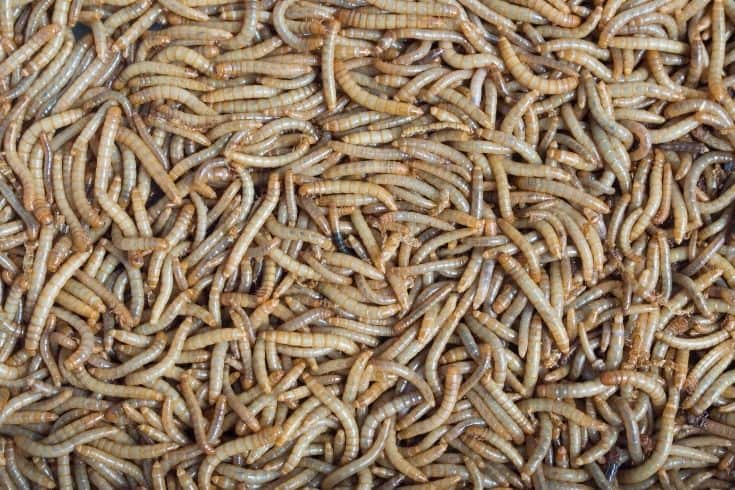
Meaty foods or animal-based foods are another essential angelfish food. Although pellets and flakes usually make up the bulk of an angelfish’s diet, it is important to also offer them meaty foods occasionally. Any type of food for growth includes protein, and most angelfish enjoy eating a variety of creepy crawlies.
Live foods like worms, insect larvae, and crustaceans are excellent supplements because they provide high protein levels in addition to being nutritious. A certain type of fish food you can easily give your angelfish are live blackworms. Blackworms are nutritional powerhouses, so they make an excellent treat for any type of freshwater fish.
No matter what type of live food you opt for, make sure you always provide fresh and nutrient-rich foods to your angelfish. This will help keep them healthy and happy!
4. Frozen Food
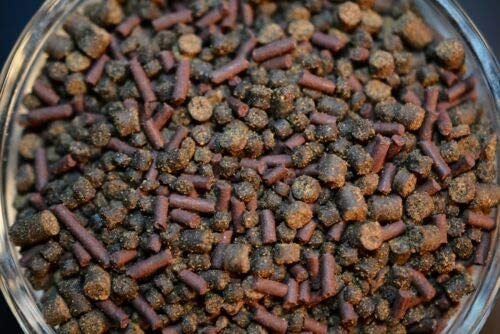
Many hobbyists have reservations about feeding frozen fish food to their pets, but the truth is, they are a fresh, clean source of protein that can be just as nutritious for your pets as live foods! Of the many food options available on this list, frozen food is the only one that manages to provide your angelfish with lots of energy from live food sources, while also being a convenient and affordable option.
When it comes to frozen food for angelfish, there are many different options to choose from. You can find frozen bloodworms, brine shrimp, daphnia, and other types of live foods in your local pet store. If you’re looking for an all-in-one natural food solution that will provide your angelfish with healthy vitamins and minerals, frozen bloodworms are an excellent choice.
After you’ve picked the best food sources for your pet angelfish, you might be wondering how often to feed them. Make sure you only feed your fish as much food as they can consume within two minutes of feeding time to prevent overfeeding. And remember – frozen foods should be served as supplements to a healthy diet of pellets and flakes, not as the main food source.
5. Vegetables
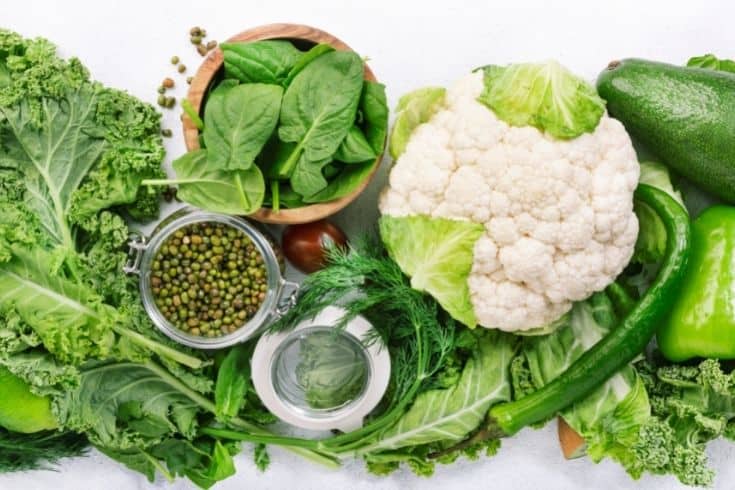
We all knew vegetables were a nutritious food for humans, but many of us didn’t think about giving vegetables to our pets. Still, plant-based foods are an excellent nutritional supplement for angelfish because they contain high amounts of vitamins and minerals that are necessary for their growth.
Cucumber is one of the most popular veggie options because it doesn’t have a strong taste, so angelfish will usually eat them right up! Simply cut a thin slice off the cucumber and place it in the tank. Make sure you leave it in for about two days before removing it to prevent your fish from nibbling through all of its nutritional goodness too quickly!
If your angelfish aren’t huge fans of cucumbers, try other vegetables like zucchini, broccoli, or kale. Just like with cucumbers, you can cut a thin slice off the vegetable and place it in the tank. While these foods can be fed on a somewhat regular basis, they should still be fed sparingly to prevent overfeeding.
6. Brine Shrimps
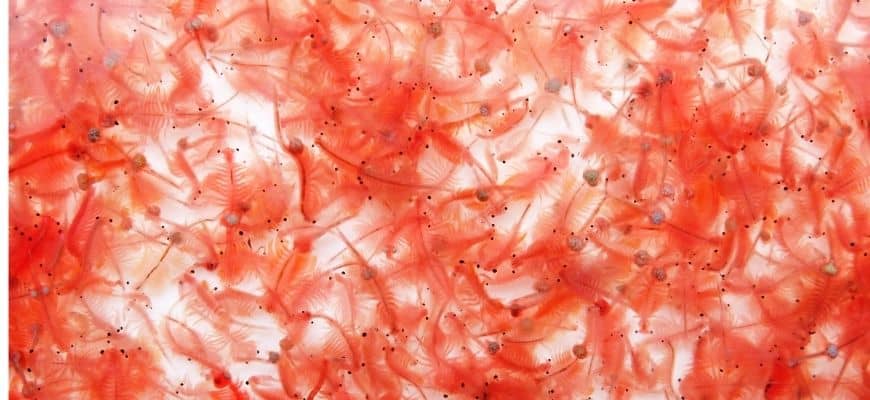
A varied diet for Angelfish almost always includes brine shrimp. The reason for this is simple – they are delicious, high in protein, easy to re-hydrate, and last a long time! Whether you opt for live adult brine shrimp or frozen brine shrimp, they will both invariably lead to faster growth and healthier fish. This is because brine shrimp have extremely high levels of protein.
When feeding your brine shrimp to your angelfish, it’s important to remember that they are a treat, not a main food source. Too much of a good thing can quickly lead to health problems, so make sure you only feed them as a supplement to their regular diet.
Best Fish Food for Angelfish (Most Recommended Products)
Having covered the basics of what to feed your angelfish, let’s get into the heart of this article – the best products on the market. The following list includes four of the most popular food choices for feeding your angelfish. They have been selected because they are easy for pet owners to find, offer a great nutrient profile, are safe for your fish, and are relatively affordable.
1. Tetramine Large Tropical Flakes
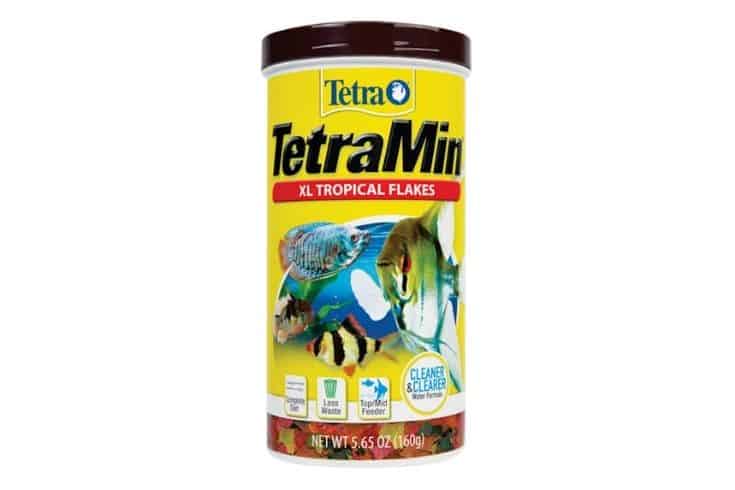
A diet of flake foods is a great way to ensure your angelfish are getting the right levels of nutrients. Tetramine Large Tropical Flakes is a high-quality flake food that is made with natural ingredients and contains all the vitamins and minerals your fish need to stay healthy. Like most commercial food, tetramine flakes are very easy to find at your local pet store, which is why it’s on this list.
As a responsible fish food company, Tetramine ensures its products are completely safe and made from the finest fish food ingredients. This means that you don’t have to worry about your angelfish eating these flakes – they won’t make them sick! In addition, Tetramine Large Tropical Flakes is affordable, making it a great choice for those on a budget.
2. Omega One Freeze-Dried Bloodworms
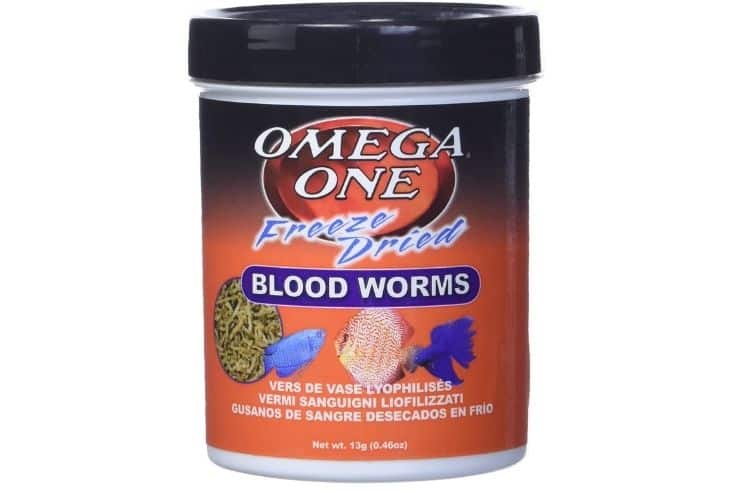
We like freeze-dried foods because they offer a lot of nutritional value and are very easy to store. Omega One Freeze-Dried Bloodworms is one of the best freeze-dried products on the market, and it’s a favorite food choice for many angelfish owners.
These bloodworms are an excellent source of protein, vitamins, and minerals, making them suitable as a day-to-day food, or as part of a larger healthy meal. Though they aren’t specifically marketed as commercial angelfish foods, they still make a great choice for feeding your fish.
Odds are, you can find this product in your local fish store, or from most major online retailers. Omega One is that it’s an easy and convenient way to get rich nutrients into your angelfish, and its widespread popularity speaks to its quality.
3. San Francisco Bay Brand Freeze-Dried Bloodworms
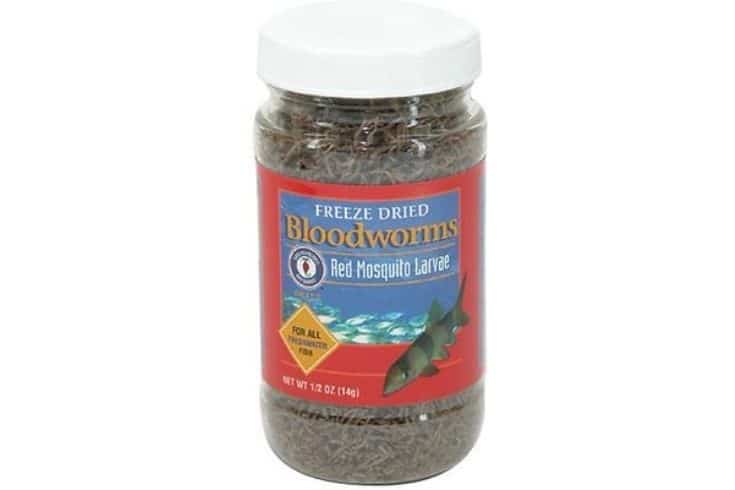
San Francisco Bay Brand Freeze-Dried Bloodworms is a favorite food choice for many angelfish enthusiasts. This freeze-dried product makes it easy to get large servings of blood worms into your fish without much hassle. It’s made from quality ingredients and has been well-received by the angelfish community.
One of its best benefits is that you can store these bloodworms for up to two years – which means you don’t need to worry about having to use them quickly! If you’re looking to purchase your first food product, this one has a lot going for it, and you really can’t go wrong. These are great way to ensure that your fish has a nutritionally balanced food intake.
The key thing to note is that this brand of freeze-dried food comes at a higher price range compared to some of the other products on this list. But, for the quality you’re getting in return, it is definitely worth the investment. Trust us – quality food is always worth it.
Angelfish Feeding Guide – General Tips
Before going into what specific foods to feed your angelfish, there are a few general tips that all aquarium owners should keep in mind when feeding this species:
Variety is Key
Like most fish (and animals, for that matter,) angelfish do best when fed a variety of foods. This helps them to maintain optimal health and coloration. Therefore, it is important to feed them a balanced diet made up of a wide variety of foods.
We will go into specifics later on in this article, but for now, just remember to vary the foods you offer them. You can even make your own homemade foods if you have a picky eater on your hand. Though angelfish opportunistic feeders and are not known for going on food strikes, it is always nice to have a contingency plan on hand.
Angelfish Need Vitamins
That’s right! Just like us, angelfish have a list of vitamins they need to stay healthy. In the wild, these vitamins are obtained from the algae and invertebrates they eat. However, in an aquarium setting, it is up to you to make sure your angelfish are getting all the nutrients they need.
One way to do this is by providing them with a vitamin supplement. There are many commercially available liquid vitamins that can be added to your fish’s water column to provide them with the essential vitamins they need. Alternatively, you can also give them vitamin-rich foods such as brine shrimp, bloodworms, and tubifex worms.
A general list of vitamins you should aim to provide your angelfish include:
- Vitamin A
- Vitamin B1 (Thiamine)
- Vitamin B2 (Riboflavin)
- Vitamin B3 (Niacin)
- Vitamin B12
- Biotin
- Pantothenic Acid
Some of these vitamins can only be found in specific types of fatty acids, so be sure to vary their diet to make sure your angelfish are getting all the vitamins they need.
Maintain A Consistent Feeding Schedule
Look – we’re not saying that you need to have a predetermined feeding time for your angelfish (though that wouldn’t hurt!) All we’re saying is that when it comes to feeding fish, it is always a good idea to have a rough idea of how many times per day you intend to feed your pets.
Angelfish are no different. These fish do best when they are fed manageable portions of food twice per day. This means you shouldn’t go overboard when it comes to feeding your angelfish – feeding them too much can cause a myriad of health issues!
To help you establish and maintain a regular feeding schedule, it might be a good idea to invest in automatic fish feeders that allow you to set a timer for feedings. Not only will this help with your feeding schedule, but it also means your fish don’t have to go days without food if you forget to feed them!
Keep Your Tank Environment Pristine
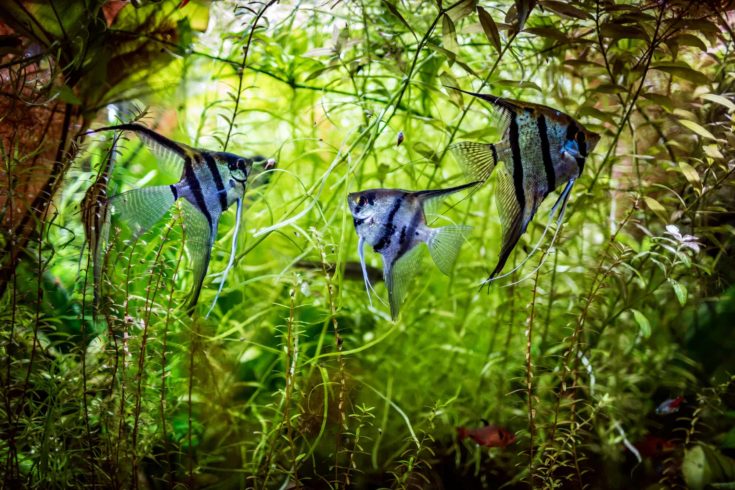
While fish do not have a highly developed sense of smell, they are still sensitive to changes in the quality of their environment. Just like us, fish will often get sick if their aquarium water gets dirty or if the water chemistry changes too dramatically. And how exactly does this happen? Well, many people overfeed their angelfish without realizing it.
Too much food waste in your tank leads to an increase in nitrates and other compounds that can cause dangerous fluctuations in the water chemistry. This, in turn, causes your tank water to become cloudy and murky, which can lead to disruptions in angelfish behavior and even infections/illnesses like ich.
To prevent this from happening, it is important to keep your tank clean and well-maintained. This means doing regular water changes and gravel vacuuming, as well as maintaining correct water parameters. Remove leftover food after every feeding and only feed in moderation.
Feed Life Stage-Appropriate Food
While feeding your angelfish may seem like a straightforward enough process, it is actually intimately linked with their tank environment and overall health. This is especially the case if you are breeding them. Beyond learning how to distinguish between male and female angelfish, you also need to know how to feed them properly!
When it comes to angelfish food, there are three main life stages that you need to take into account: fry, juveniles, and adults.
- Fry – At this stage, your angelfish are still very small and need a diet that is high in protein and nutrients. Fry can be fed newly hatched brine shrimp, finely ground flake food, and even finely crushed tablet food.
- Juveniles – After a few weeks of being in an aquarium, your angelfish fry will have grown to the point where they can be fed larger foods such as frozen brine shrimp and small pellets.
- Adults – Once your angelfish have reached adulthood, you can switch them over to a diet that is more varied and less nutrient-dense. Adult angelfish can be fed a mix of freeze-dried foods, flakes, live food, and vegetables.
Be sure to consult with an aquarium expert or fish nutritionist to get the most accurate information on what types of food are best for your angelfish at their different life stages.
So, What Do Angelfish Eat?
In short, angelfish can eat a variety of things – from commercially made flake foods to freeze-dried bloodworms. It’s important to provide a varied diet for your fish, as this will ensure they get all the nutrients they need to stay healthy.
We hope this article has helped you figure out what to feed your fish! Providing healthy angelfish foods is an important part of the angelfish-keeping process, and we encourage you to do your research to find the best food products for your fish.
Thanks for reading, and please drop us a comment below if you have any questions!
See also: Best Places To Buy Angelfish Online
